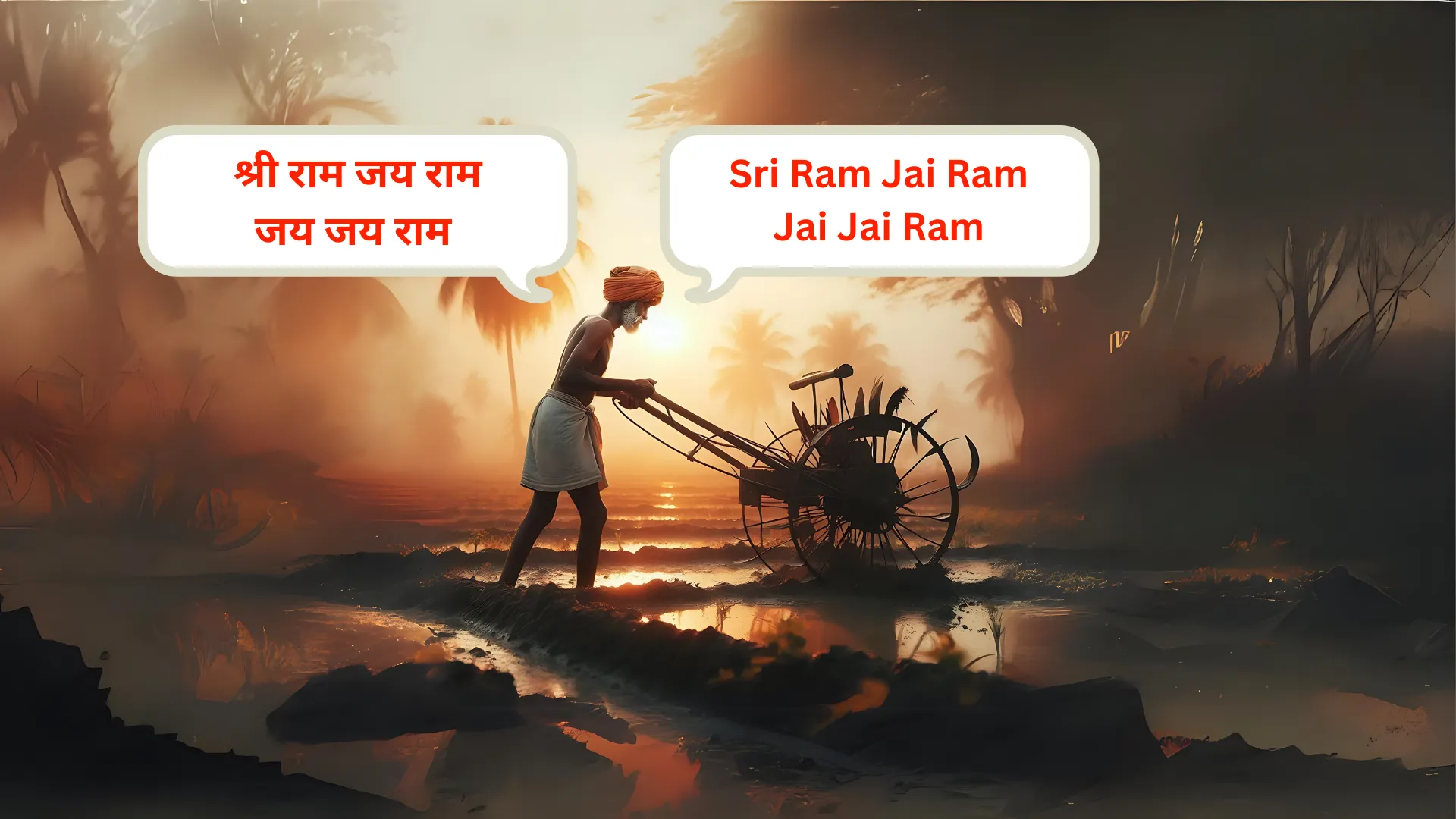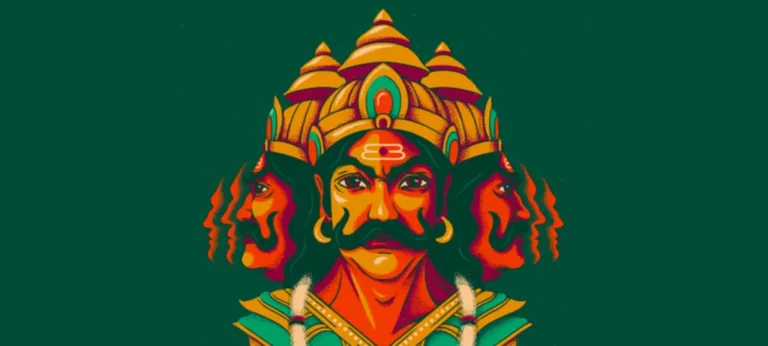Please Like the Blog and Share it for Maximum Reach
Table of Contents
Gita Declares: 4 Signs of a Karma Yogi
The teachings of the Gita are simple and direct. It is a handbook for leading a sane, happy life. So, let us look at the two ways mentioned in the Gita that a Karma Yogi is ought to follow.
- The practitioner should consider the Supreme Lord as the goal.
- He should have faith that the Lord is the only one who shall accept all Karma and grant its required results.
- The person must consider within their hearts, their own position as puny compared to the entire creation.
- He must learn to give all credit to the Supreme Being so that his ego gets dissolved at the earliest.
This is a razor-sharp method. With these 4 mentioned valid approaches, one should perform Karma Yoga. “Do Karma not for “oneself” or “me”, the ego, but for the Supreme Master. Instead, learn to do everything for Him. Stop identifying everything as ‘Mine’ and recognize the true master of all things and people.’ advises the Gita.
With this approach, Karma becomes Karma Yoga.
Karma Yogi develops Unique Energy
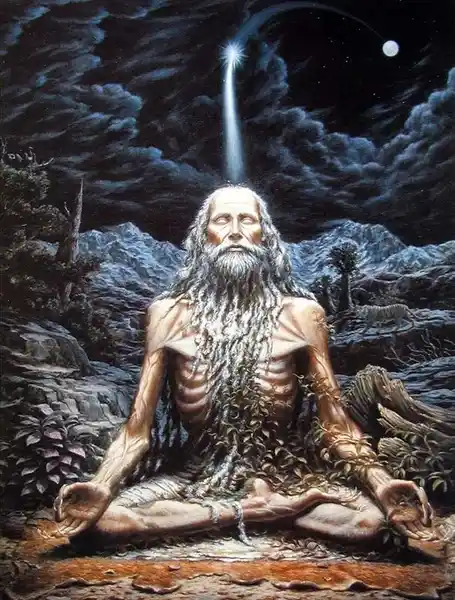
When Karma Yoga becomes deep, Karma generates higher energy. This energy shall then take one’s attention towards higher possibilities. When the ego-balloon deflates, with Karma Yoga, then one is available for a higher possibility. The reserved energy uplifts the consciousness of the Karma Yogi.
Karma Yoga transforms the inner possibilities as well as the outer outcomes of Karma. When Karma is thus transmuted by Yoga, one starts getting relieved from the ordinary bindings that were initially getting created due to our unconscious actions.
One starts to move up the ladder of consciousness. Name, fame, or wealth of the world, stops interesting the individual. Instead, the true purpose of life becomes the one-pointed goal.
One shall then be looking at the Vedic scriptures, trying to elevate his goals, far above the mundane pursuits of politicians, cine stars, or businessmen.
Transition from Karma Yoga to Jnana Yoga
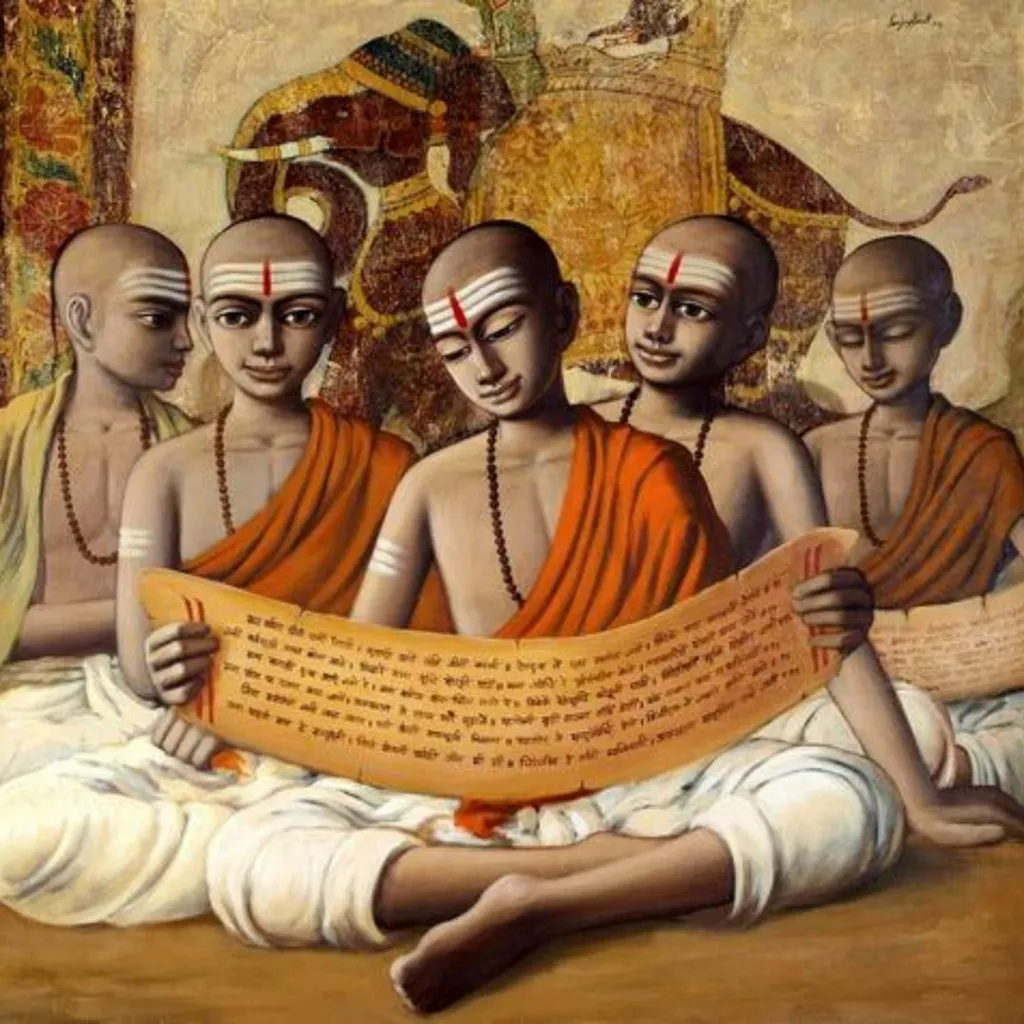
After, aligning much with inner consciousness through Karma Yoga, there is a need for Knowledge to support our pursuit. Karma Yoga comes into full action when the rod of Knowledge or Jnana becomes an intrinsic part of one’s spiritual endeavor.
Without Knowledge, no experience is valid. The Scriptures shall automatically emerge as the area of exploration for the successful Karma Yogis. One starts to ponder about the various value systems within Sanatana Dharma and how it has its effect on the inner light of consciousness.
Due, to the deep interest and energy one, develops through Karma Yoga, Jnana starts attracting the sincere practitioner. The high energy levels absorb Jnana or knowledge, way more easily. So, one takes up meditation and contemplation, to weed out vestiges of worldly undertakings that one had once taken up.This shall be the undertaking of Jnana Yoga.
It is always seen that although action or Karma is carried out even in this stage, it is taken up as an extension of the knowledge fulcrum. Here, Karma Yoga acts as an extension of Jnana Yoga.
With sufficient maturity attained through the activities in Jnana one develops an eye of Wisdom.
One will be able to see with clarity, that True Knowledge, lies beyond the field of Average Human Understanding. This is the time when the Yogi, is able to witness the universal spirit which is operative within nature. This insight is beyond the ken of Science.
Transition from Jnana Yoga to Bhakti Yoga
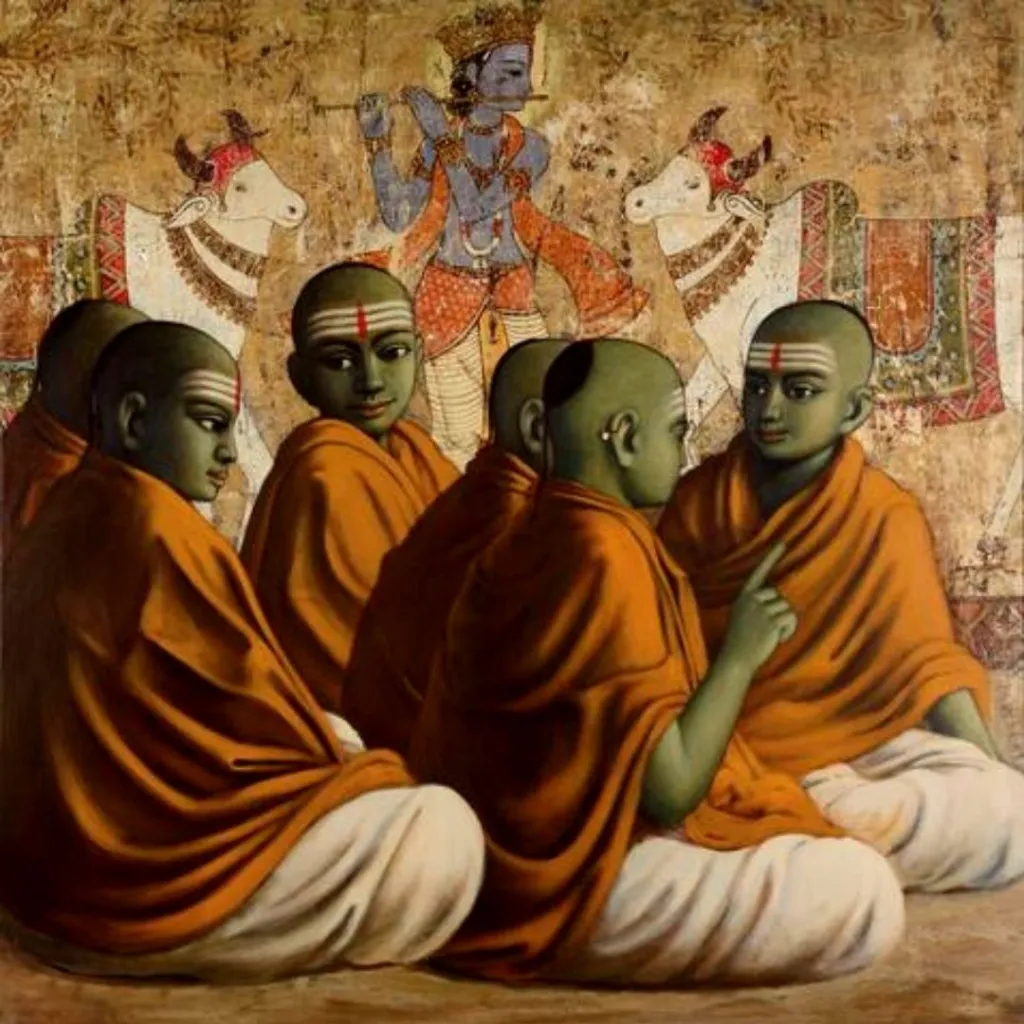
When Knowledge gains depth, devotion dawns on the individual. Till now, Jnana was with respect to self-attainment. It was to recognize our position with respect to the universe.
But, with relentless efforts invested in acquiring True Knowledge, we are able to see the Hand of God in every instance of our life. We develop gratitude towards Bhagawan for He has been with us throughout our life. But, due to our ignorance, it remained concealed.
Now, the Jnana Yogi becomes a Bhakta, where he develops such immense love for the Supreme Being that all His Actions (Karma) and Knowledge (Jnana) go to knowing the Supreme Lord alone.
The intention to acquiring Shastric Knowledge is to purify the intentions so that we become a perfect candidate for receiving God’s Grace. At this time, along with the understanding of the scriptures, the Yogi, takes up devotional service.
He glorifies the Supreme Spirit in the depths of his heart. Additionally, he undertakes severe practices of chanting the Holy names of a Personified God.
This is perhaps the zenith of Jnana Yoga and an entry point into Bhakti Yoga, the science of devotional surrender.
Deity Worship: An Introduction to Bhakti
Bhakti is pure love for God alone. It is not towards a person, but towards the source of all that exists. Deities are direct representations of that Ultimate God. You call it Krishna, Rama, Narasimha, etc. they are one. This is the ultimate truth revealed in Shandilya Bhakti Sutra.
We have various forms to feel deep connection with the deity. You have to find your Ishta Devata and stay devoted by engaging in Kirtan, Seva and Smaran. This is Bhakti in its purest form.
Test your Alignment with the Spiritual Subject Matter (only 7-8 Questions)
The scores generated in this Quiz are relative. There are no right or wrong answers. A percentage towards 100 indicates that you are more aligned to the overall subject matter.
The Zenith of Bhakti Yoga
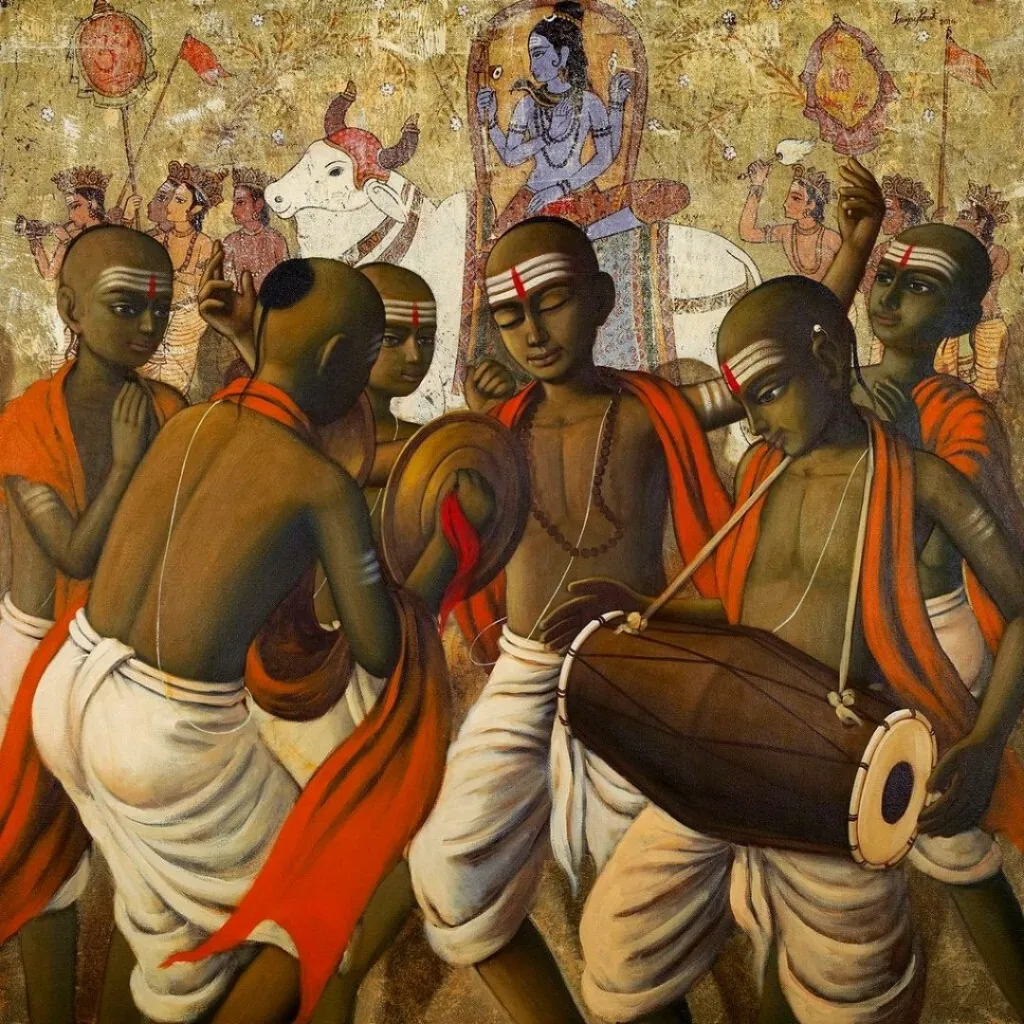
When the person undertakes shelter under a Personal God, he develops a deep attachment, a deep connection with the unassailable entity. He himself enters the domain, whereby, Knowledge, Karma Yoga and all other aspects of life shall lose all meaning, as a means to an end.
The practitioner would have ended his search for deriving meanings as Jnana has reached complete maturity. So, the practitioner needs no more understanding. Because Knowledge has become so much ingrained that there remains no need to seek anything more.
This state is that of Pure Emotion for the Lord alone, Bhakti. But, even in this elevated mood, the sadhaka, the spiritual practitioner may continue to study the scriptures.
The interesting twist though is that these spiritual activities form the routine of the sadhaka, only to enhance his/her mood, towards the Goal of Bhakti. There is no seeking but only being. Having undertaken Bhakti, the practitioner has reached the very zenith of goal-seeking and goes deeper into his love affair, Bhakti, with the Supreme Being.
At this stage, there is nothing more to achieve for the practitioner, either in this lifetime or in any other.
Please Like the Blog and Share it for Maximum Reach

